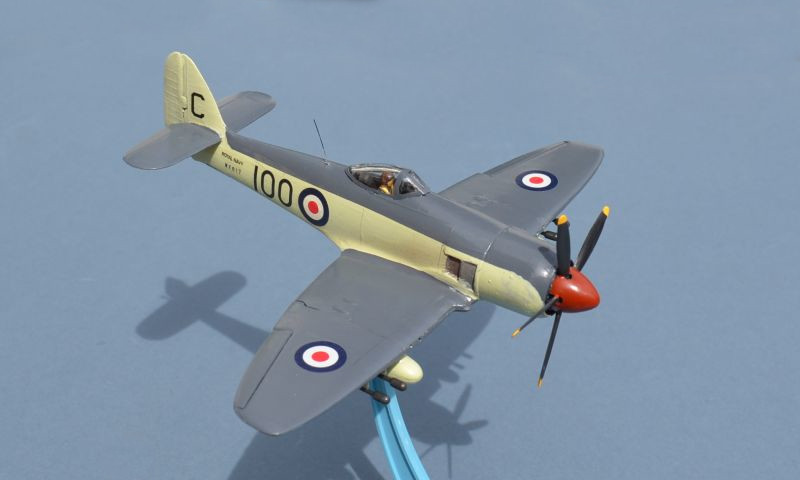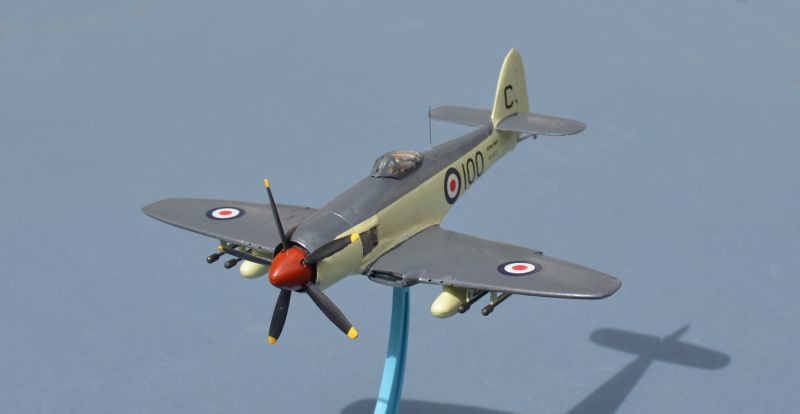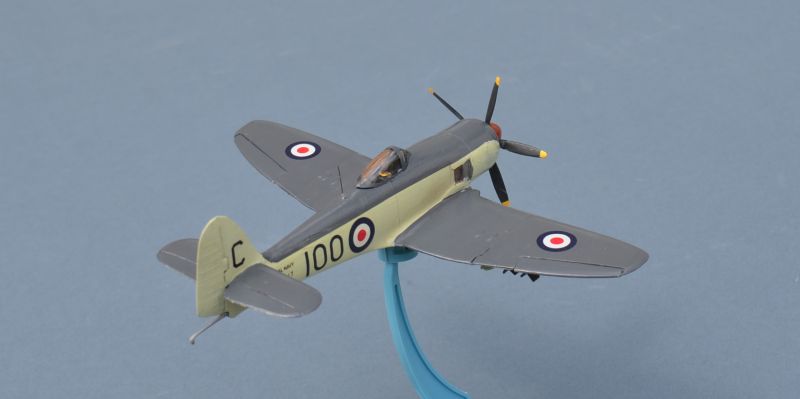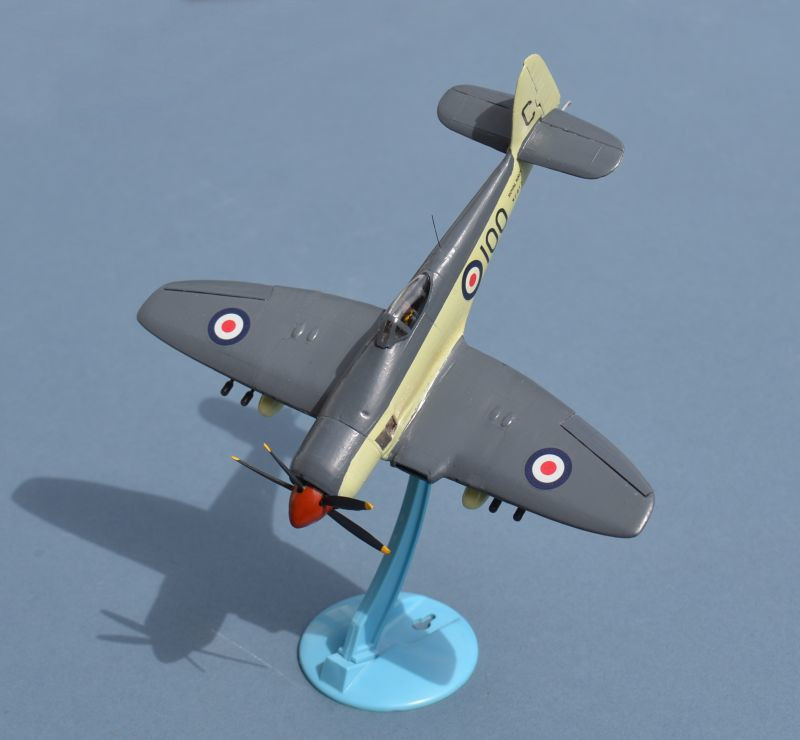Royal Navy Monoplanes -
Sea Hornet, Firefly, Sea Fury, Seafang, Gannet, Skyraider, Chipmunk & Jetstream
![]()
Click on the thumbnail below to go directly to the aircraft model, or simply scroll down
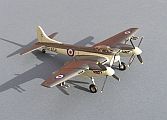
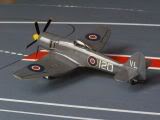
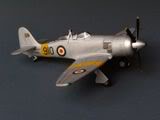
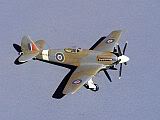
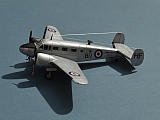
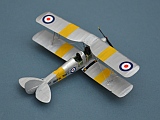
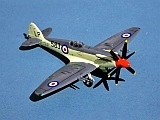
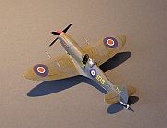
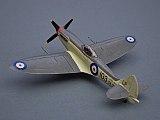
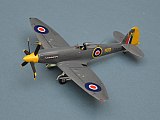
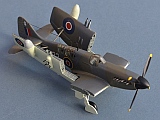
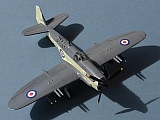
World War 2 to Korea
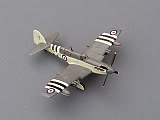
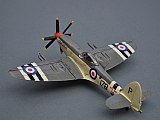
The Airfix Firefly is nicely detailed for its time, and a straightforward build,
with a very nice wing-
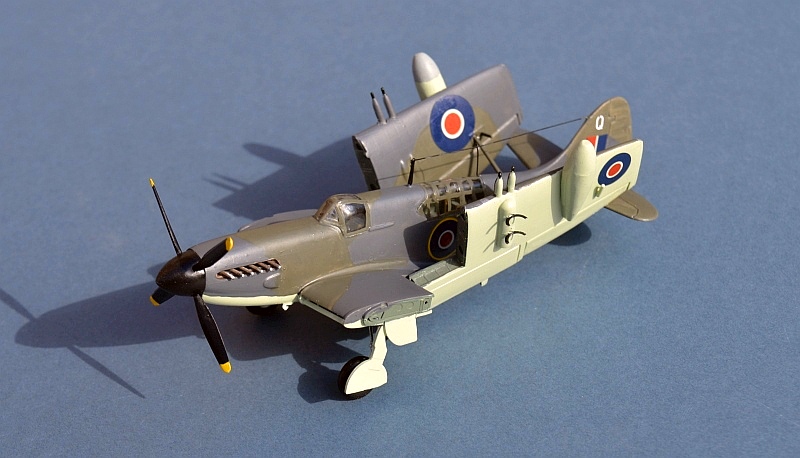
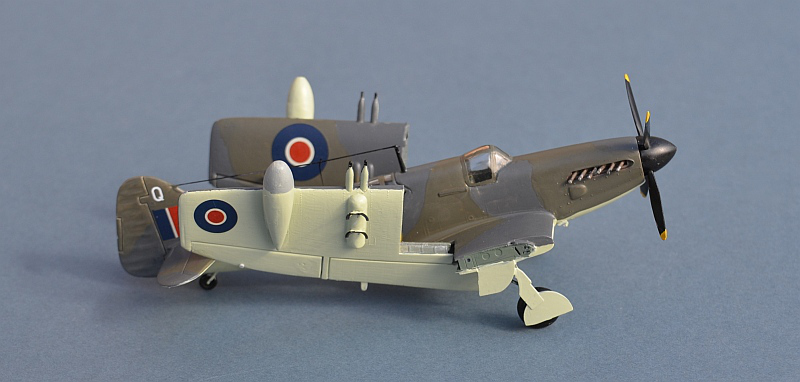
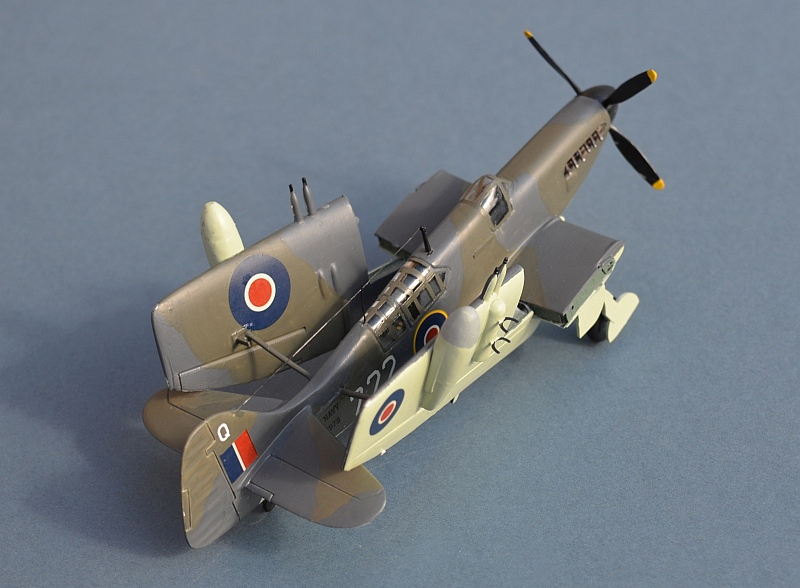
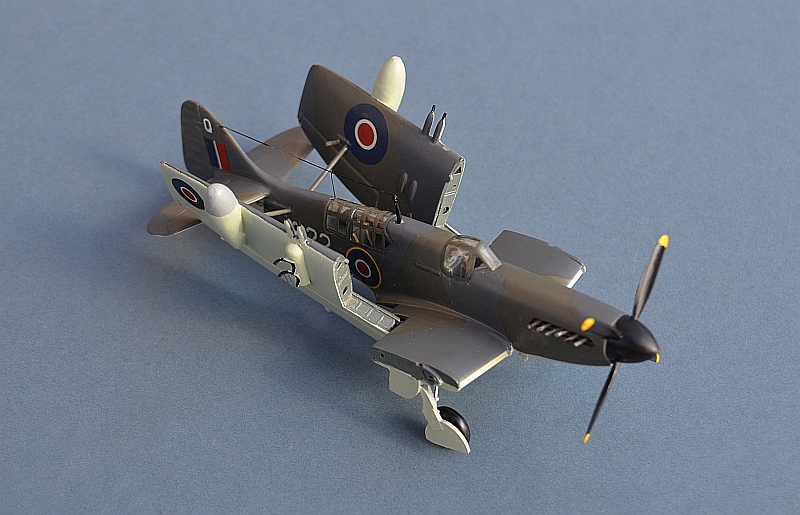
The FROG Firefly is not as sophisticated as the Airfix model, but still a reasonable
build (see also my Mk 4 above and MkV). This one is marked up in a post-
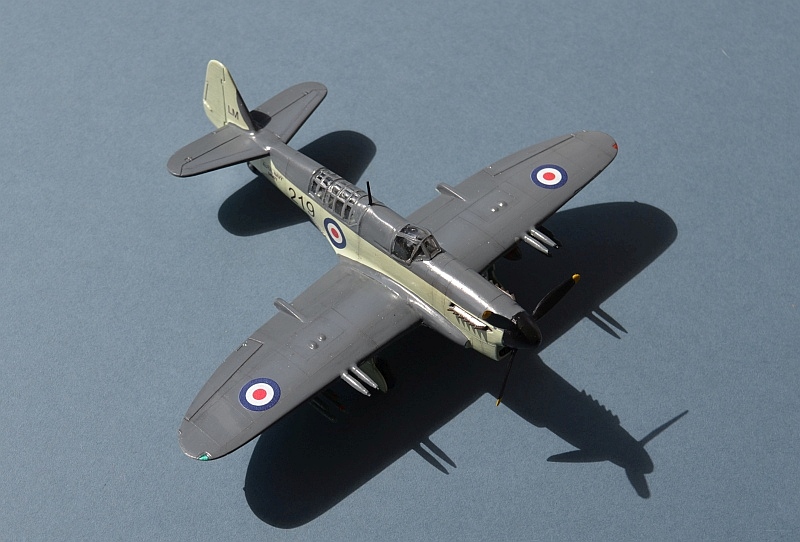
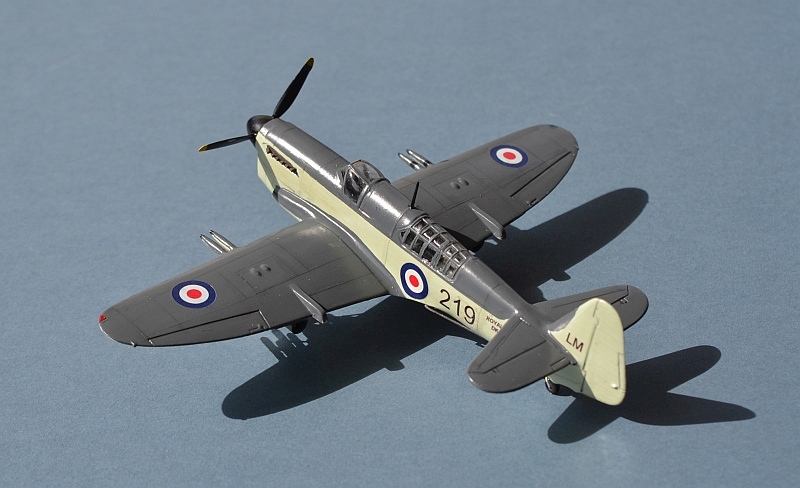
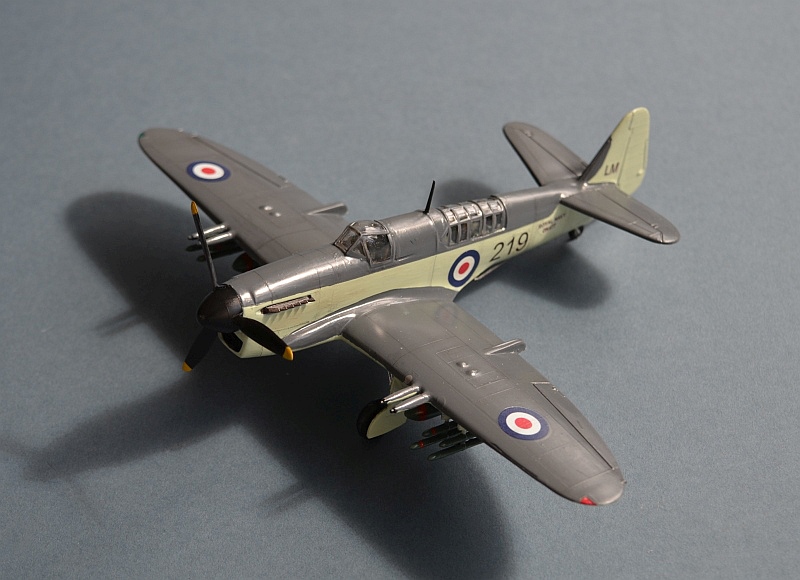
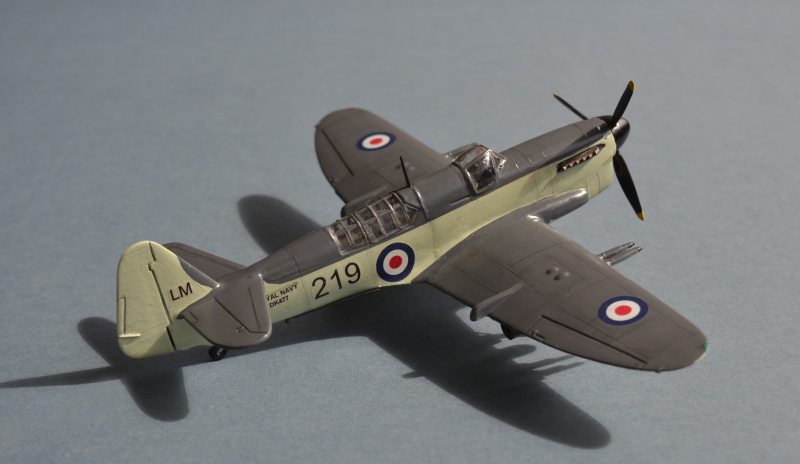
The Airfix Firefly is nicely detailed for its time, and a straightforward build,
with a very nice wing-
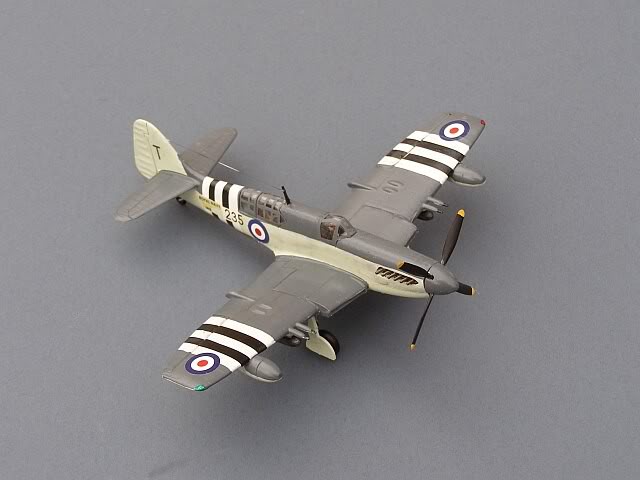
The Rolls Royce Griffon-
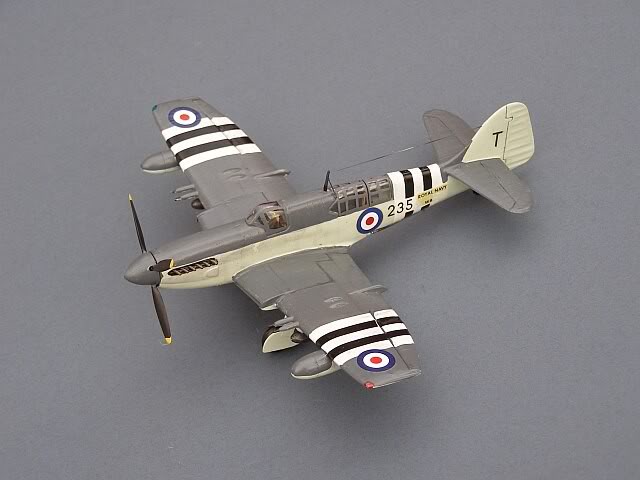
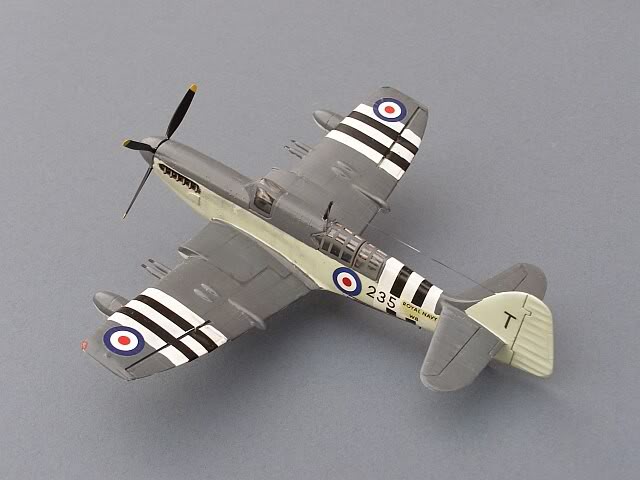
HMS THESEUS arrived in Korean waters in October 1950 to relieve HMS TRIUMPH, with
her Sea Furies and Fireflies conducting intensive strikes on North Korean bridges
and vehicles. THESEUS' Ship's Company were confident that their Korean War mission
would end soon and that and they would be on their way home, hopefully via an Christmas
stand-
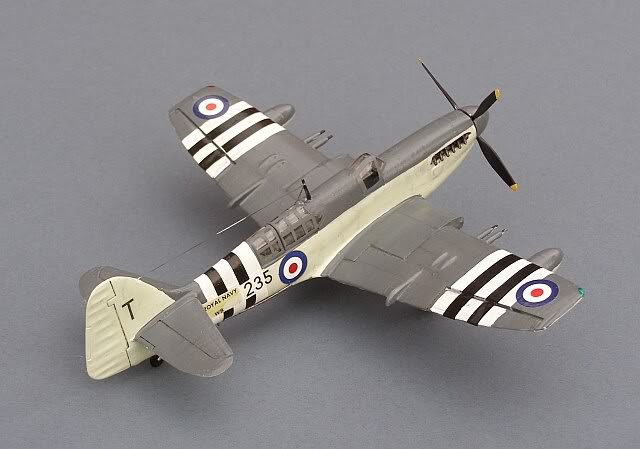
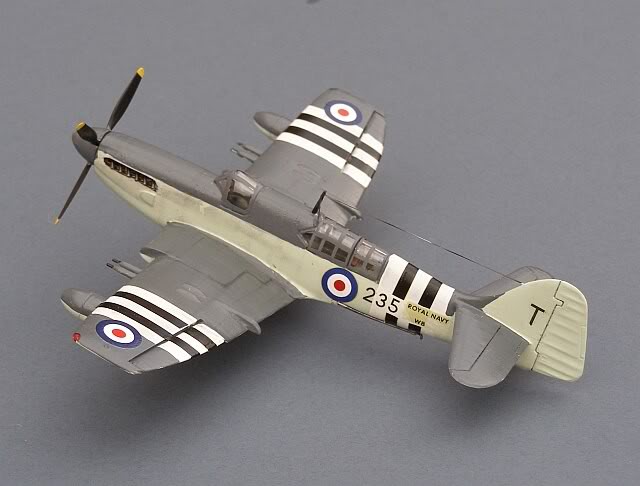
Trumpeter's Sea Fury is a huge step forward from the ancient Frog offering and a
big step on from the reasonable PM version. However, it is certainly not "Shake &
Make" with a number of fit and detail issues to be resolved. Painting that high demarcation
line on the fuselage is very frustrating; I had just got it right when the masking
tape took off all the sky paint -
Many people consider Sir Sidney Camm's Sea Fury to be THE ultimate piston engine fighter. Conceived during the final years of WW2, it was a typical Hawker design; robust, well thought out and highly capable. When it entered service in 1947, the utility of jet aircraft at sea was yet to reach a satisfactory level, but it was clear that the Sea Fury's days would be limited.
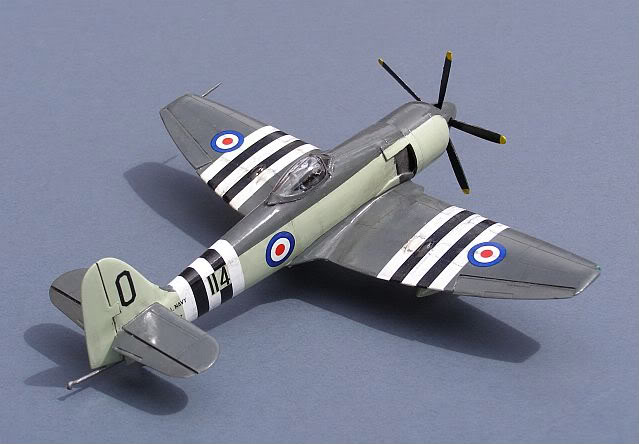
Nevertheless, its six years of front line service co-

Note: It has been suggested that Lt Carmichael's aircraft had a blue spinner, to reflect his position as Blue Flight Leader. However, evidence for this is rather scant, it would be a unusual move and even if it was coloured, then there is no way of knowing what sort of blue this would be. I have therefore gone for the standard EDSG spinner as I think it more likely (e.g. faded EDSG can look decidedly blue).
......and the real thing (Yeovilton 2004 & 2005):
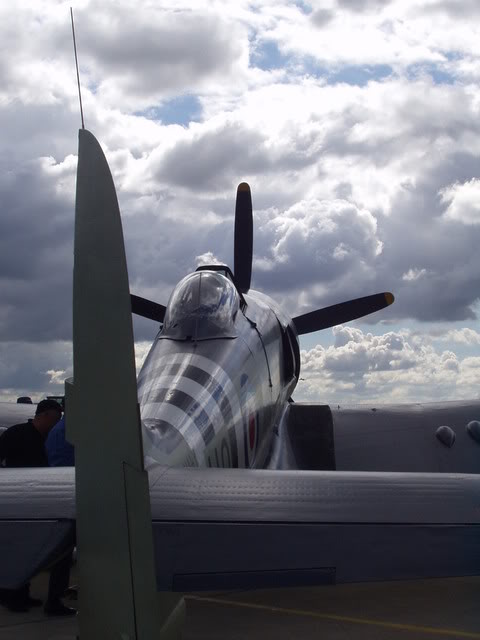
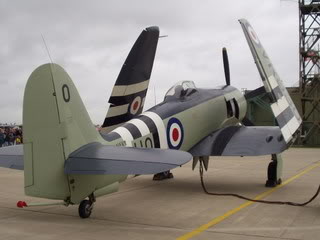
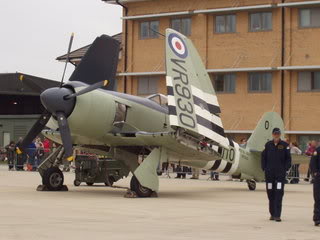
The PM Sea Fury is considerably cheaper than the Trumpeter, and a much easier build. This one is essentially out of the box, but with my own decals.
The original Sea Fury X / F.10 was intended as a pure fighter and lacked the underwing hard points for ground attack weaponry. However, its stretch potential was quickly realised and most F.10s were quickly converted to FB.11s.
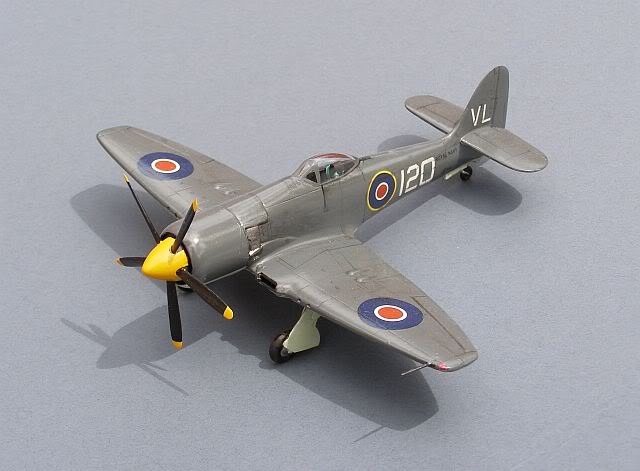

Hawker Sea Fury T.20, RNAS Eglinton Station Flight 1955/
RN Historic Flight, RNAS Yeovilton 1976-
PM's 2-
The RN found that the high performance Sea Fury required a dedicated 2-
This particular aircraft was operated by the RN Historic Flight until it was written off in a crash in 1990. It has since been rebuilt by an American collector and is currently (2008) for sale.
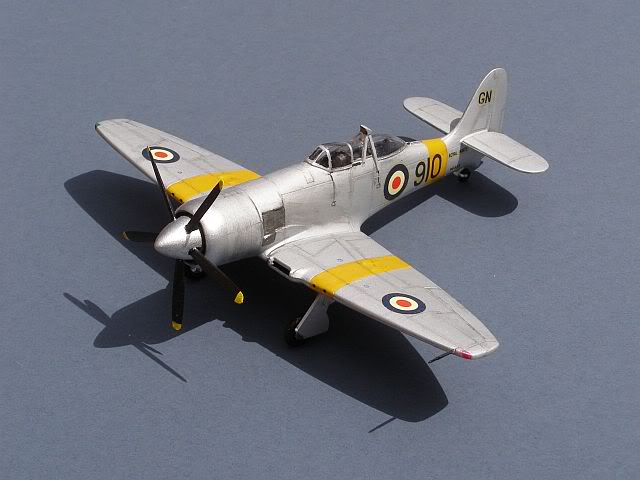
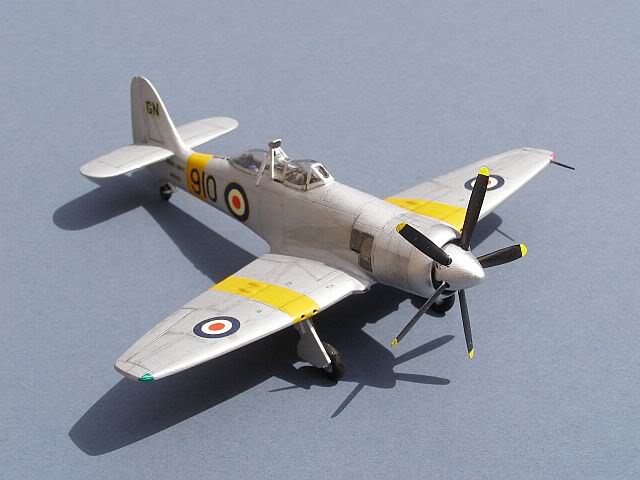
AZ 1/72 Spiteful modified. The planned main production variant of the Seafang would have been the Mk.32 with contrarotating props and folding wings, but to enable early entry into service, the initial Mk.31 was a basic version, essentially a Spiteful with a hook.
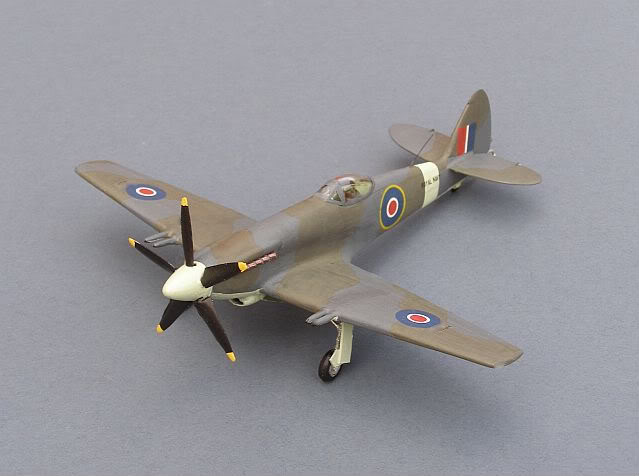
The Seafang and Spiteful were the last gasp of the Spitfire line. By 1943 it was
evident that the Spitfire airframe had reached its physical limits, so Supermarine
began work on an advanced wing to allow far higher speeds. The laminar flow wing
was thinner, with a sharper leading edge and with its thickest part further aft.
By allowing the air to flow around the wing with less turbulence, drag would be reduced
and the top speed of the aircraft would increase. At the same time, the overall shape
and construction of the wing were simplified, overcoming a long lasting production
limitation of Mitchell's original Spitfire wing design. A new fuselage was also designed,
with a lower nose overcoming the visibility issues that the longer Griffon engine
had brought, whilst a larger tail unit restored the longitudinal stability lost with
the more powerful engine and the bubble-
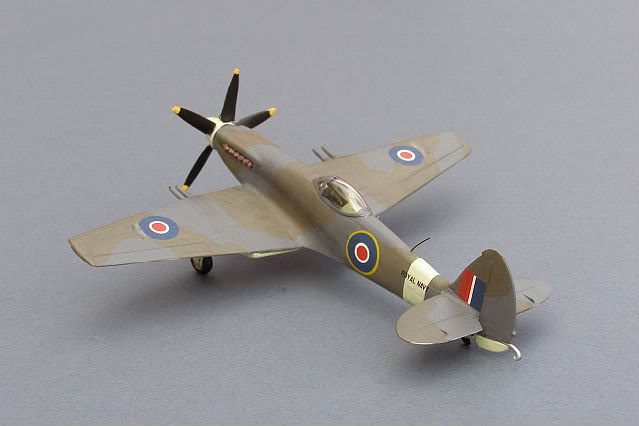
The Spiteful and Seafang were modestly successful and were certainly very fast, although the new wing showed some undesirable characteristics when approaching a stall. None of these were significant issues for such a radical design and could have been overcome in time, but the end of the war, the emergence of jet technology, plus the success of the rival Hawker Fury/Sea Fury and Seafire 45/47 designs, meant that further development of the aircraft was halted after only 19 had been built.

Nevertheless, the advanced laminar flow Spiteful wing did eventually see active service, evolving into the awkward looking Supermarine Attacker, the Royal Navy's first operational jet fighter.
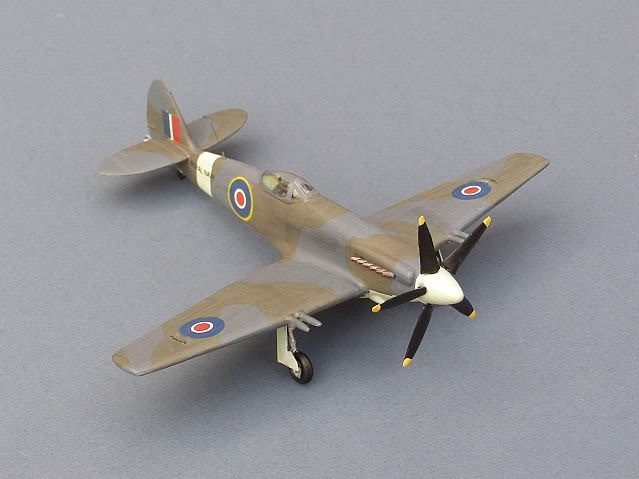
PM models have a very mixed reputation, ranging from OK to very poor. Their C-
The Beech Model 18 saw widespread military and civilian use as a light communications transport and trainer. It remained in production from the late 1930s until 1970, holding the record for the longest continuous production of a piston engined aircraft.
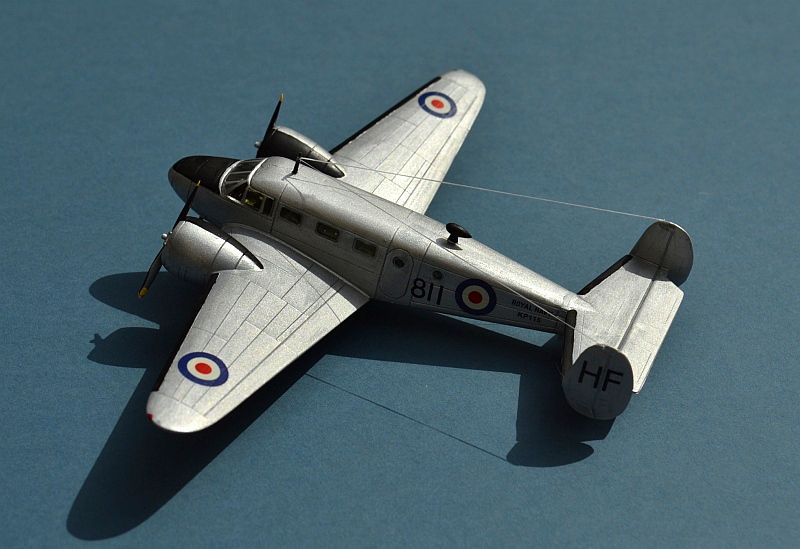
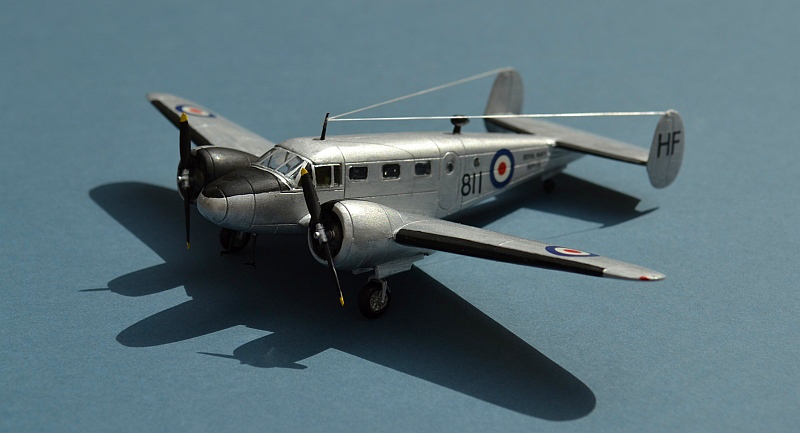
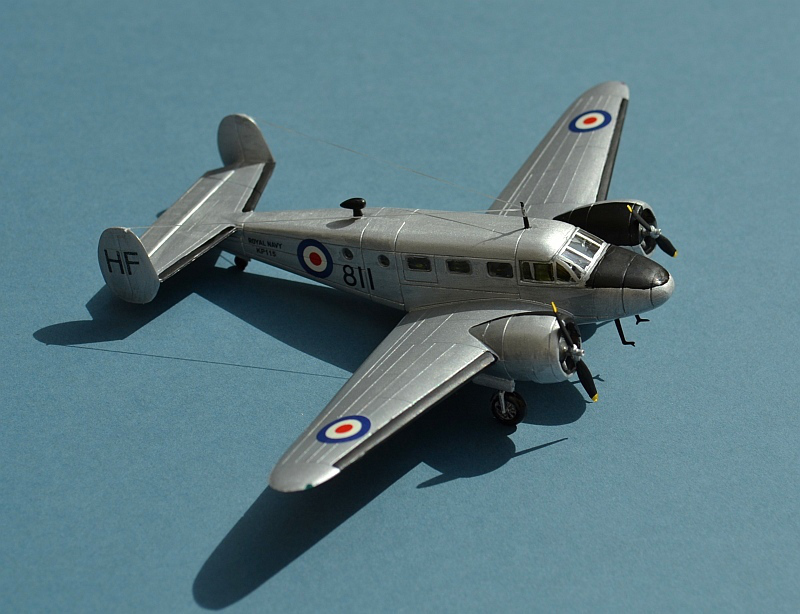
This is the recent Airfix kit , which is most impressive. Slightly delicate, so not the easiest of builds, but the results are very pleasing. As supplied, the kit comes in 3 variants; two RAF Trainers and a civil version; this one has some home sourced decals from the spares box.

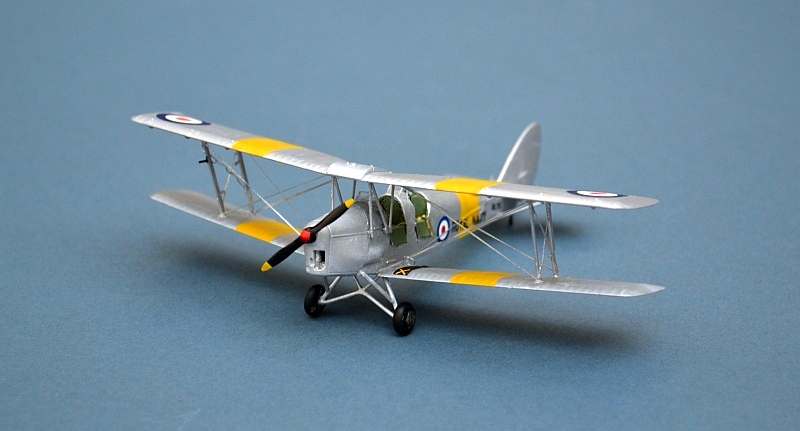
The Tiger Moth first flew in 1931 and was quickly established as a leading primary trainer across the world. Over 500 were in RAF service alone by the start of WW2 with an eventual production run of over 7,000, over 4,000 of which went to the RAF. Tiger Moths were built in the UK by DeHavilland, Morris and Scottish Aviation, in Canada by DHC, in Australia by DH Australia as well as in New Zealand, Sweden, Portugal and Norway.
The Royal Navy used a small number of Tiger Moths as target tugs and "air experience" machines. With an additional batch of purchased a batch of refurbished ex civil examples purchased in 1956, one of which made the last biplane landing on an aircraft carrier (HMS Eagle)in 1967.
Several air experience and hack aircraft remained in Fleet Air Arm service until
the early 1970s including the subject of this model which started out as an RAF aircraft
with serial DE395. After disposal by the RAF and refurbishment by Hants & Sussex
Aviation, it was purchased by the RN and given the new military registration XL715.
Unfortunately, the aircraft was damaged beyond economical repair in a crash shortly
after take-
Valom’s Firebrand kits are definitely short-
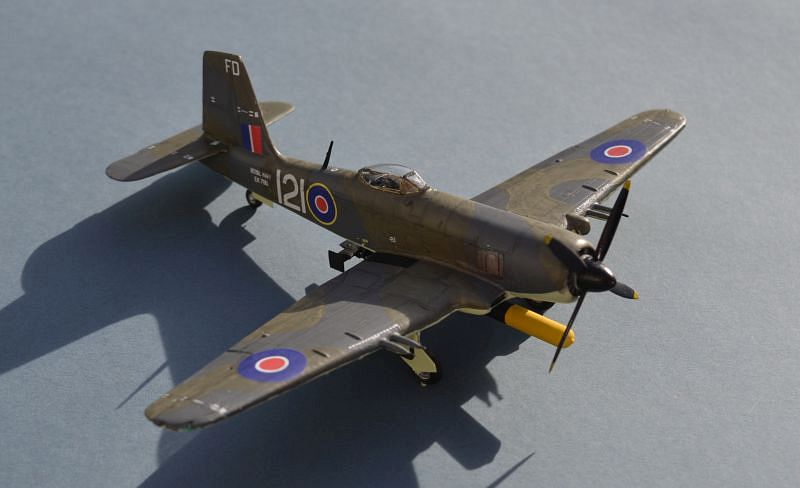
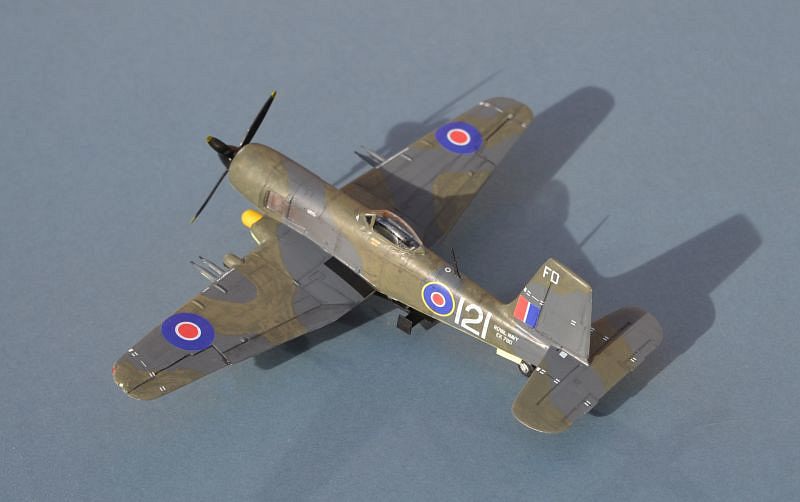
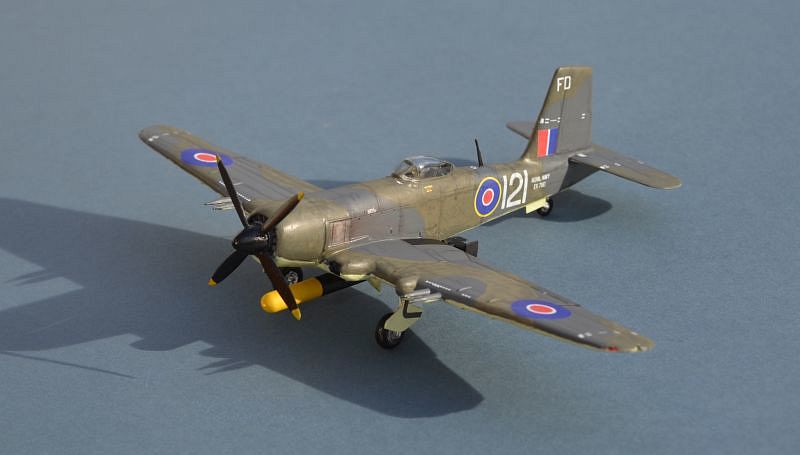
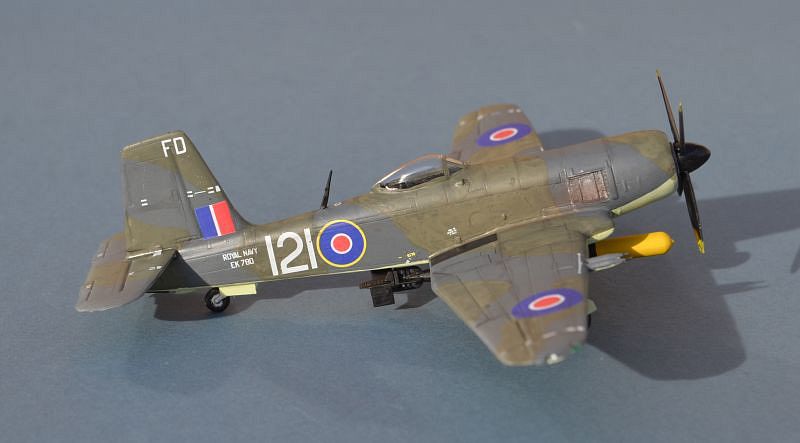
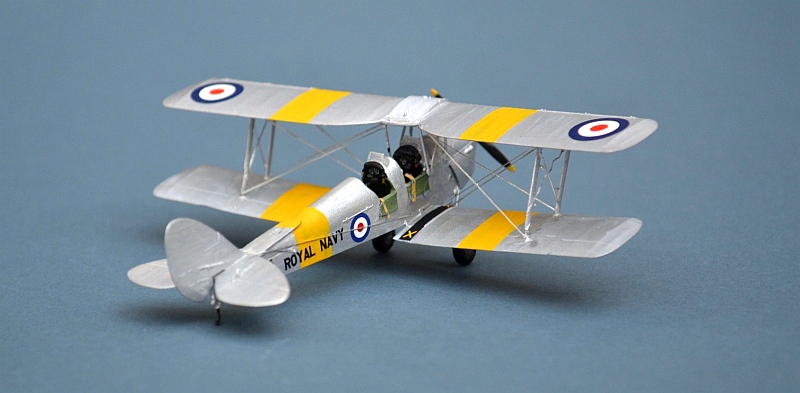
Frog's kit of the DH Hornet, in this case an early Novo issue, is another excellent example of late Frog quality. Certainly, it is basic, but it fits together well (even in this Novo incarnation) and is reasonably accurate. The very few panel lines are raised and perhaps a little heavy, whilst comparison with a set of basic drawings suggests that the nose may be a little too short, but overall the kit captures the shape of this now extinct aircraft well enough. This is a simple conversion into a Sea Hornet, by adding wing fold lines, a hook and my own decals.
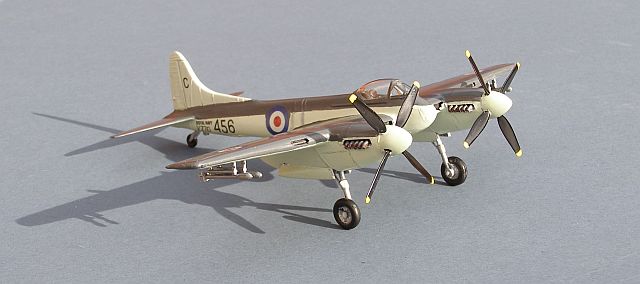
As the tide began to turn in the WW2 Pacific Campaign, British aircraft manufacturers turned their efforts to designs that would be well suited to the vast distances of the Pacific. DeHavilland's contribution was one of the fastest propeller driven aircraft ever built, the elegant DH.103 Hornet, developed from the famous wooden wonder Mosquito.
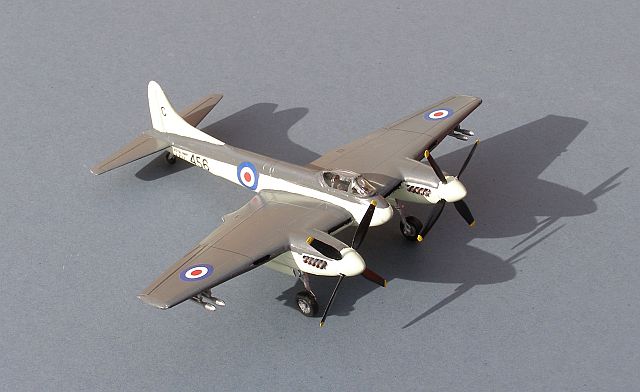
Smaller, but with the same Rolls Royce Merlin power, now in even more streamlined engine nacelles, and the same lightweight wooden construction, the Hornet was remarkably fast, with an astonishing power to weight ratio and possessed a tremendous operating range (nearly 2000 miles with drop tanks fitted). Indeed the Hornet was significantly faster than the contemporary jet powered Gloster Meteor, achieving a top speed of 472mph at 22,00ft against the Meteor's 415 mph.
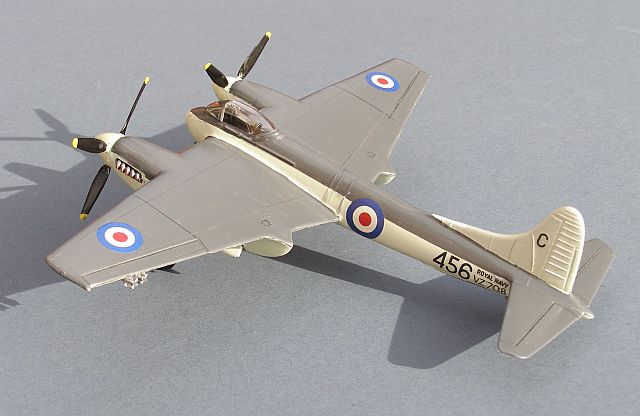
The Sea Hornet was a simple conversion to add a hook, catapult spools, revised hydraulic undercarriage oleos and naval radio equipment. Sea Hornet F.20s served for a relatively short time with only one first line squadron (801 Sqn from 1947 until 1951), but remained in significant numbers with second line units until 1955. A twin seat, radar equipped night fighter, the NF.22, was also produced, serving again with only one front line unit, in this case 809 Sqn.
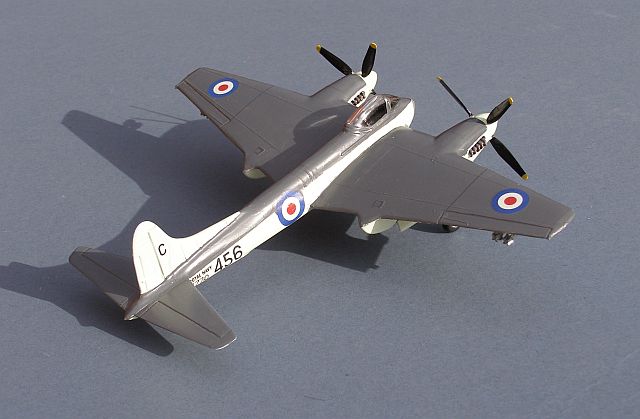
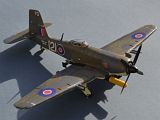
The Blackburn Firebrand was conceived in the early 1940s as a short range fighter to replace the Skua and Fulmar in RN carrier service. Powered by the massive Napier Sabre 24 Cylinder engine, it was also envisaged that it could operate from shore in defence of naval bases.
In its original form, it was a two-
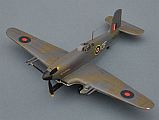
Valom’s earlier Mk.2 Firebrand kit is an easier and mor epleasant build than the Mk.5. With its massive long cowled Napier Sabre engine, from some angles it looks like a Seafire “that works out”. Link to build page
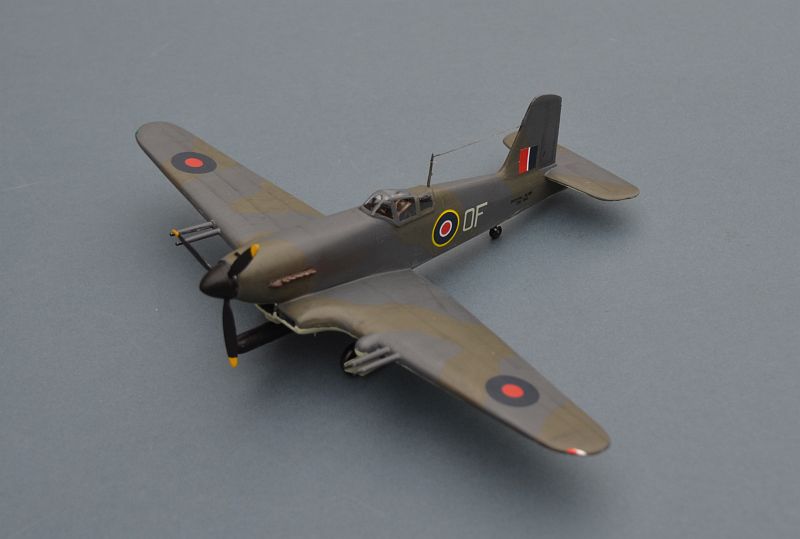
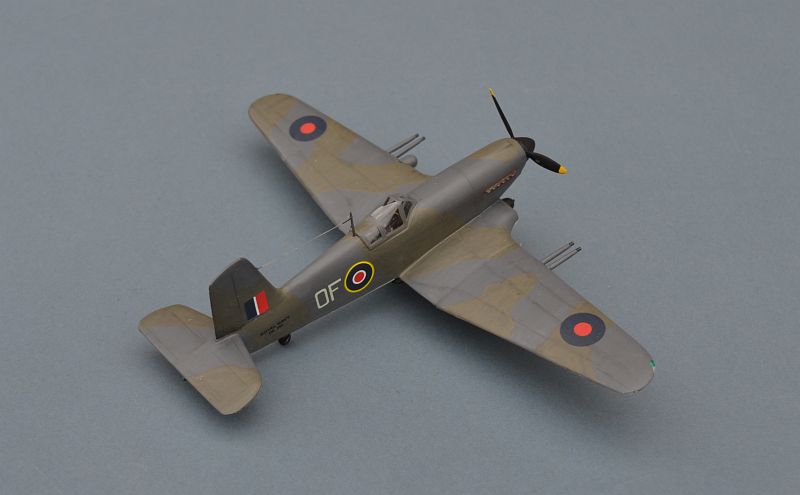
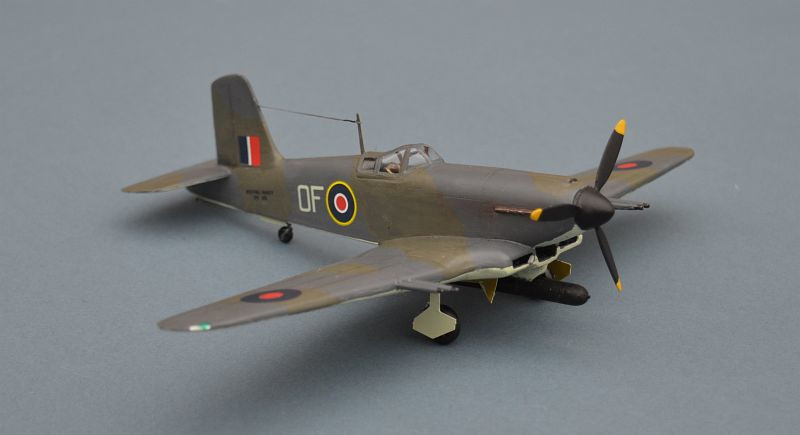
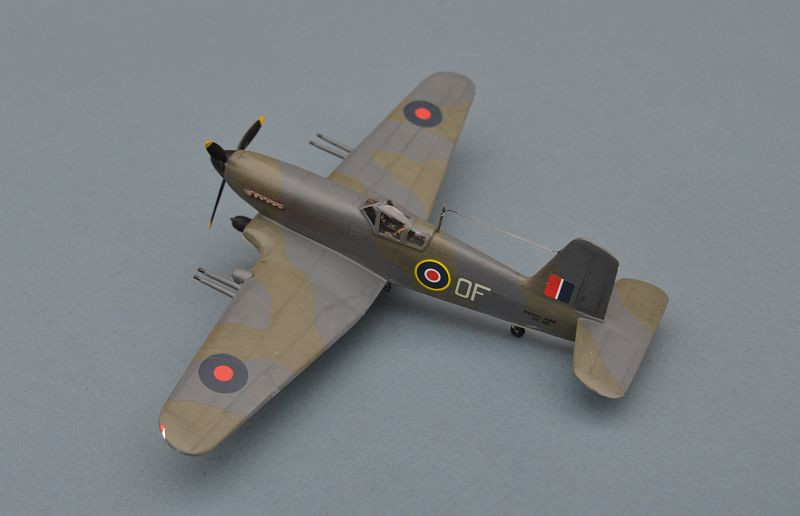
The Airfix Avenger kit first appeared in 1966 and is a kit of its period. Festooned with oversize rivets, it is still possible to produce an acceptable build with a little care as it builds easily with only a modest need for filler. This one has Xtradecal after market decals.

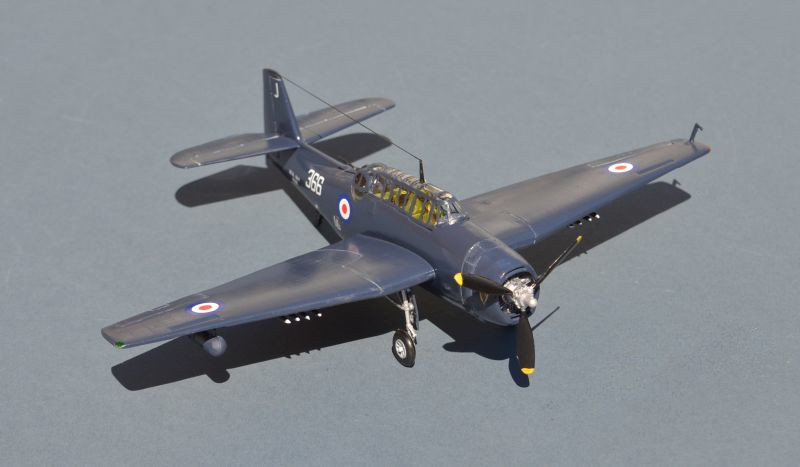

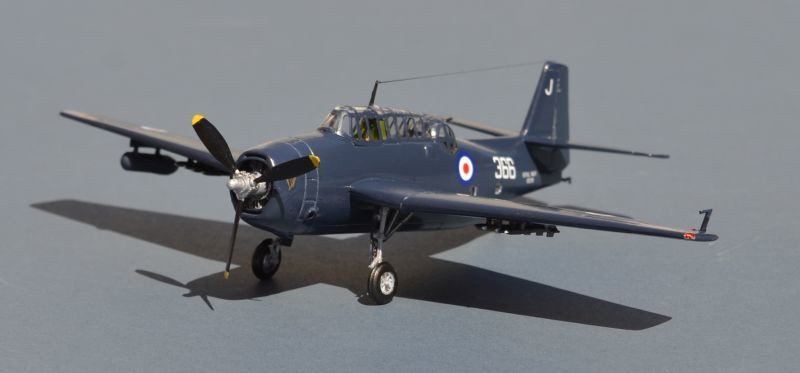
After widespread use during WW2, the Avenger left RN service in the mid 1940s, only
to return again in the form of the AS.4, supplied from US stocks as a stop-
The AS.4 was based on the US Navy’s TBM-
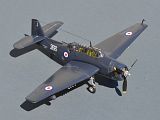
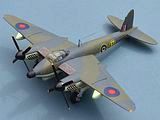
This mould of the Airfix Mosquito kit first appear ed in 1972, with an updated in 1995 to add additional fighter parts. This is a simple scratch conversion (putty, sprue and spare parts) into the Sea Mosquito Prototype.
Despite doubts over the resilience of the wooden airframe at sea in warm tropical regions, deck handling issues and control issues from the xtreme torque of the two Merlin engines in March 1944 a converted Mosquito FB.VI with arrestor hook, flown by Lt Cdr Eric “Winkle” Brown RN, achieved the first ever landing of a twin engine aircraft onboard an aircraft carrier (although apparently the French may have done so earlier with a Potez).
Fully navalised Sea Mosquitoes followed quickly, with more powerful Merlin 25 engines, folding wings, ASV radar and an arrestor hook. With a range of 3.500 miles and a top speed of 350mph, the Sea Mosquito was a major leap forward in capability
The armament of the Sea Mosquito TR.33 consisted of 4 x 20 mm cannon under the nose and either 2 x 500 lb bombs in the fuselage (2 could also fitted under the wings), or 8 x 60 lb rockets (four under each wing) and a torpedo under the fuselage. Fifty aircraft were built, followed by another 6 TR.37 variants, fitted with more advanced and lighter radar in a larger nose radome.
811 Sqn were the only operational front-
Another 8 Second line squadrons used the aircraft, right through until 1953 when 751 Sqn finally surrendered its last TR.33s.
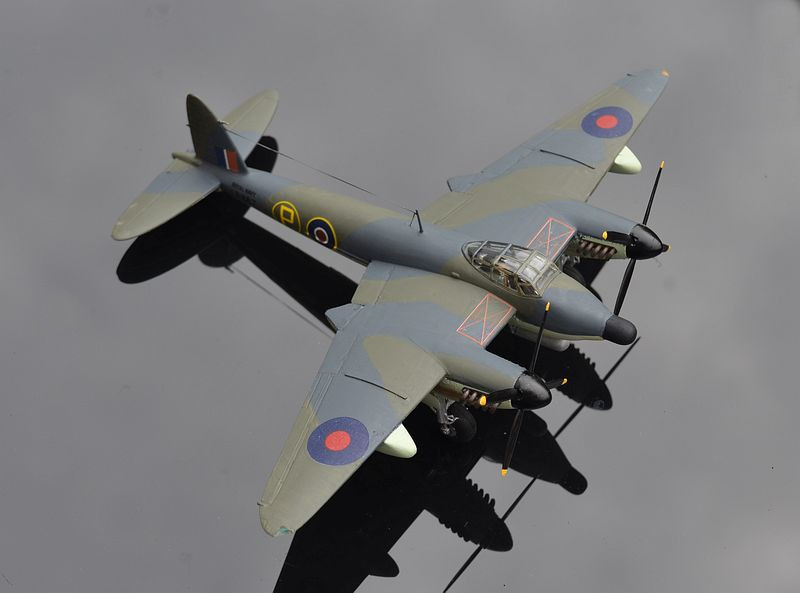
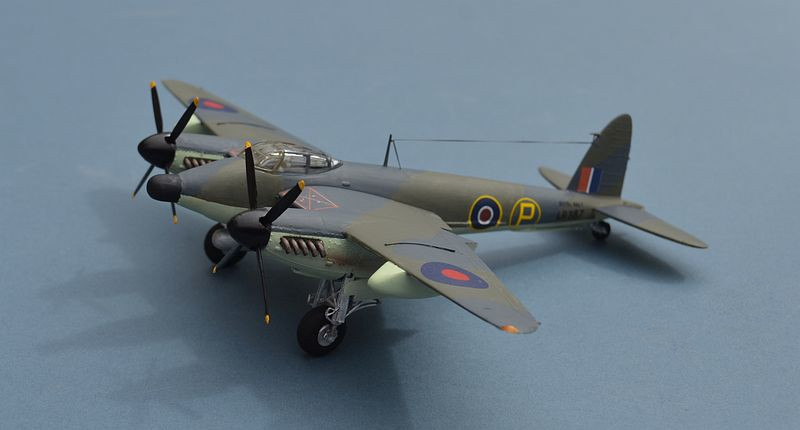
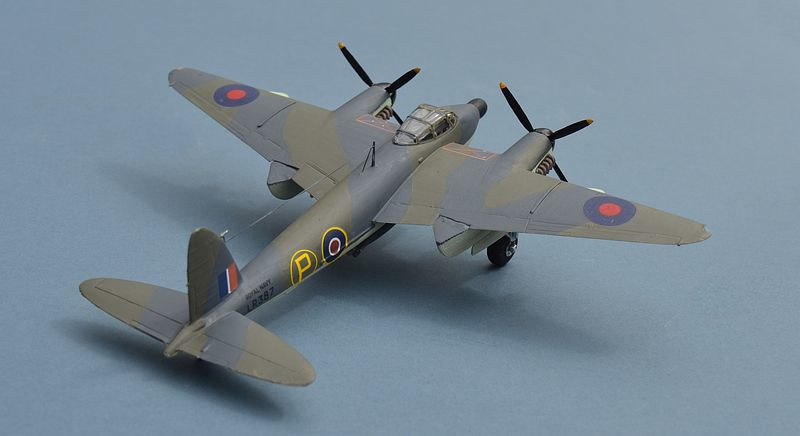
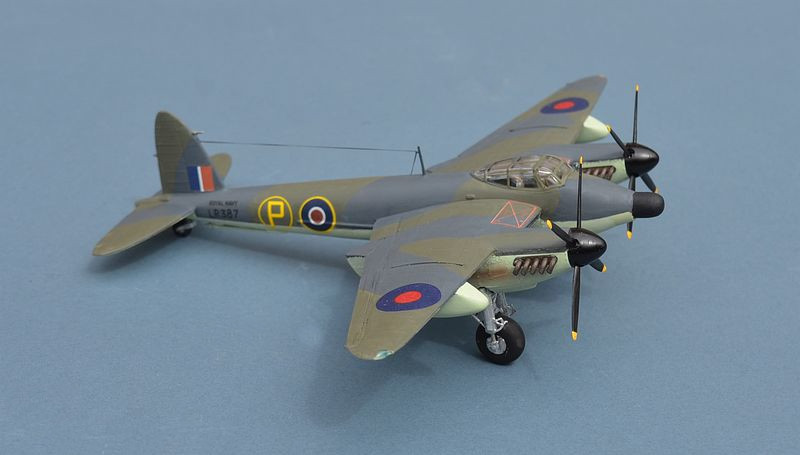 Top of Page
Main Index
Top of Page
Main Index
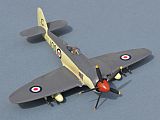
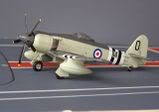
FROG’s Sea Fury kit predates all the others. It is quite crude, very similar to the PM kit but with chunkier details. It’s decal options are a bit of a shambles, with the RN one in particular not being what it claims to be. As a result, this one wears scratch decals from the spares box.
810 Sqn in HMS CENTAUR was one of the final front line sea-
